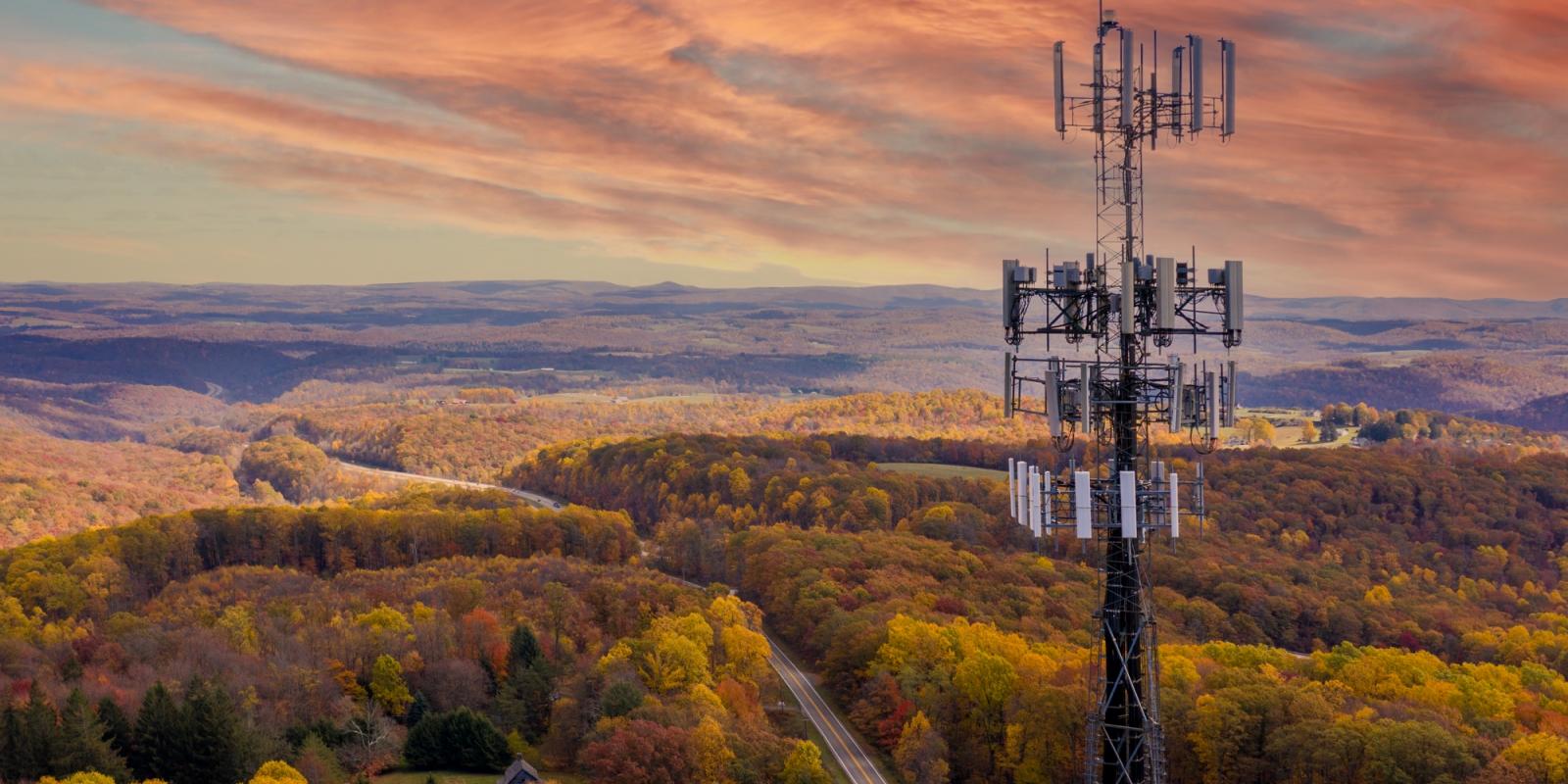For more on digital inclusion, check out this week’s Generations Forum called Age-Inclusive Design in Tech, a four-day deep dive into the topic of age-inclusion in tech.
Not much can test the American love affair with rugged individualism. Unless you are an older person living in a remote rural area. Take one older couple whose daughter we spoke with. They live 3 miles down a dirt road on 1,000 acres of farmland, 20 minutes from the burg of Richland, MO (population 2,388), where the median household income in 2019 was $33,518. They share one modern connection to the outside world—a single iPhone with spotty service.
They are not alone. In a world where it’s impossible to conduct daily business without a reliable connection to the internet, only 64% of people ages 65 and older in the United States have an active broadband connection in their homes. The rest—some 22 million older adults—either live in rural areas where service is not yet available, or they decline the service because they are unfamiliar with broadband and the many ways they could put it to use to help improve their daily lives.
Digital equity and inclusion are top priorities for our organizations. The American Society on Aging fights for equity for older adults, and USTelecom represents broadband providers large and small, urban and rural, who connect communities across our nation. It will take a broad range of stakeholders—from our organizations, government and beyond—to address and ultimately overcome the complex digital divide facing older adults.
Thankfully, closing the digital divide is a top priority for the Biden Administration, too. To help elders and others on a fixed income, in January the FCC launched the Affordable Connectivity Program, which offers low-income households a discount of up to $30 a month for internet service alongside a one-time assist of $100 to help toward the purchase of a laptop, desktop or tablet.
‘Often, we are told older adults are unable to use technology and resist learning, but this is an ageist assumption.’
In further good news, the federal Infrastructure Investment and Jobs Act commits $65 billion to broadband deployment in unserved and underserved areas as well as community-based digital literacy efforts. U.S. broadband companies also are investing their own capital—$86 billion in 2021 alone—extending and upgrading our digital infrastructure. As the cost of food, housing and other everyday outlays continue to rise, it’s also worth noting the price of the most popular broadband services have dropped by an inflation-busting 45% across the past seven years.
We also need to address longstanding myths about older adults and technology. Often, we are told older adults are unable to use technology and resist learning, but this is an ageist assumption. The issue is a failure to recognize that our older population wishes to engage more actively with technology and there is more education and outreach work needed to help them do so.
AARP recently found that 75% of people ages 50 and older say they rely upon technology to remain connected. Sixty-six percent use tech to connect with other people, 43% to stay healthy, 38% to learn new skills, and 36% to pursue a passion. Imagine what elders not yet connected could do.
Older adults also use technology to remain in their homes longer; however, two in five don’t think technology is designed with them in mind. Citing everything from poor user experience to insufficient training materials to complexity of offerings, older adults want to embrace technology, but feel left out of our collective progress.
‘Our organizations and our many allies are pursuing multiple paths to advance age-inclusive innovation policy.’
Our organizations and our many allies are pursuing multiple paths to advance age-inclusive innovation policy. This includes continuing strong federal investment in broadband infrastructure in unserved and underserved areas; permanent support for low-income people to purchase connected devices and monthly broadband service; expanded state and local digital inclusion programs in libraries, senior centers and other community gathering places, and continued work, much of it led by USTelecom working closely with federal and state law enforcement, to chase down and prosecute bad actors who prey on the most vulnerable among us through cyberscams.
Being more inclusive of our elders also means ensuring federal agencies include age in their diversity, equity and inclusion efforts. For example, digital inclusion and literacy requirements should be included in every federal program targeted to older people, including those promoting volunteerism, workforce training and education. We also must make certain older adults play a more collaborative and active role in defining the problem and devising solutions that work.
For older Americans, expanded digital access and literacy means greater freedom to live where and how they choose—for longer and with a greater quality of life. Together, ASA and USTelecom pledge our continued efforts until the digital divide is closed once and for all.
Peter Kaldes is the president and CEO of the American Society on Aging. Jonathan Spalter is president and CEO of USTelecom.













